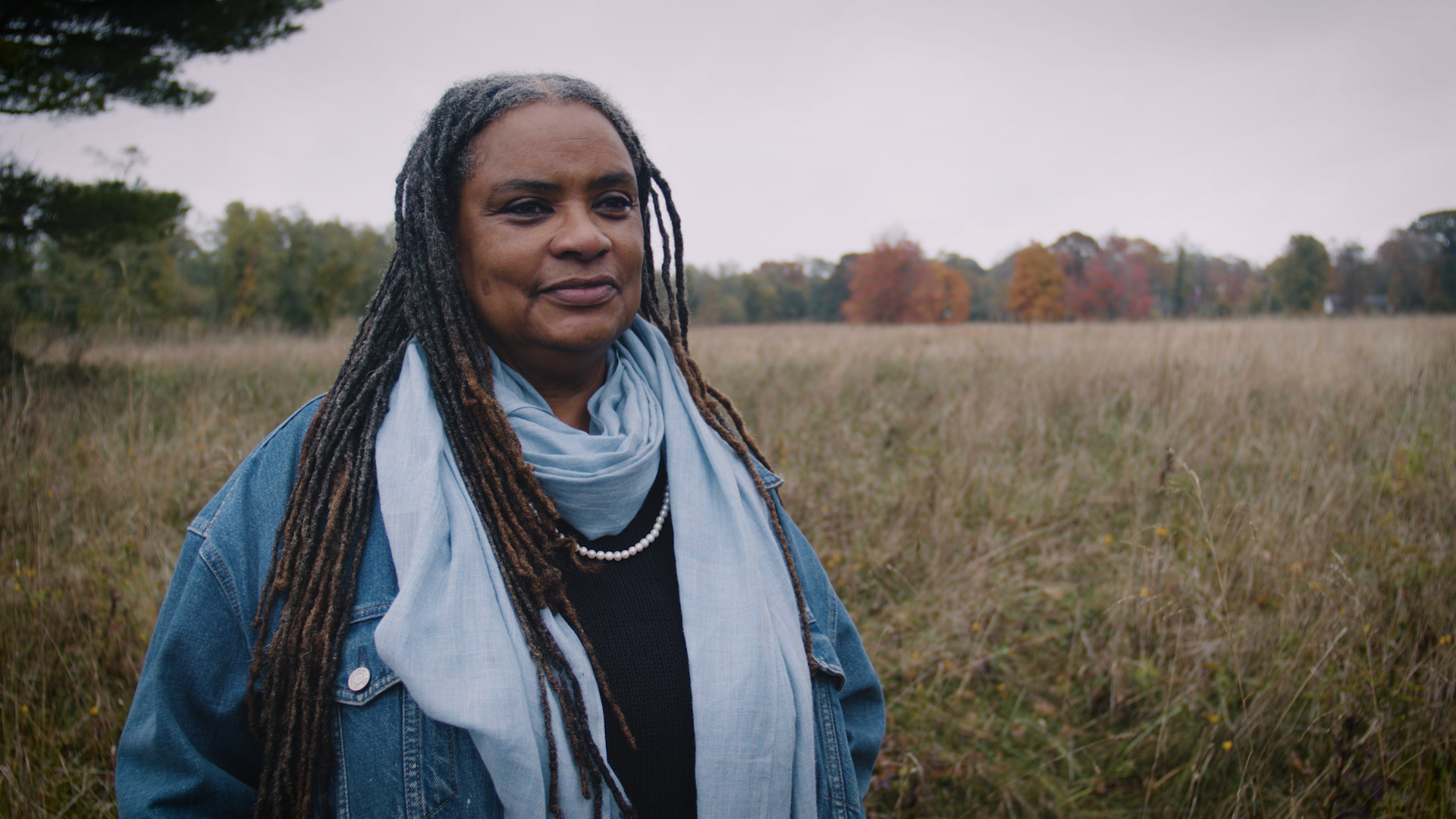
On the East End, history is inescapable. It is woven into its architecture and natural spaces, gravestones and living legacies, and even some of the street signs embossed with surnames of the region’s founding fathers.
But within those eponyms — think Buell Lane, Huntting Avenue and Dering Lane — there is a history lurking beneath the surface, hiding in plain sight. And it belongs to the people once enslaved by some of them.
Despite the North’s role in ending slavery during the Civil War, that doesn’t mean that households above the Mason-Dixon Line weren’t complicit — and the East End was far from exempt. Since 2017, the Plain Sight Project has rediscovered nearly 1,000 identities of local enslaved and free Black people who lived in the towns on the North and South forks, between the mid-1600s and early 1800s, according to co-director Donnamarie Barnes.
And together with co-director David Rattray and their partners, she is working to restore their stories to American history.
“A large number of that 1,000 that we have uncovered were born right here,” she said. “They are East Enders. They are Sag Harborites. They are from East Hampton, Shelter Island, Southold, Southampton, Bridgehampton. They are founding people of this community.”
Among them was David Hempstead Sr., the subject of a new documentary, “Forgotten Founders: David Hempstead, Senior,” that traces his journey from slavery to freedom. Directed by local filmmakers Sam Hamilton and Julian Alvarez, the film will premiere on Saturday, February 25, at the Sag Harbor Cinema, as part of “Forgetting To Remember,” a partnership with the Plain Sight Project made possible by a $200,000 grant from the U.S. Department of Education.
In celebration of Black History Month, the collaboration will also include an exhibition featuring the work of seventh-generation Sag Harbor artist and historian Michael Butler, which will include a commissioned portrait of Hempstead, a “Projections” discussion about the research and work of the Plain Sight Project, and an interactive digital map that traces enslaved, indentured and free people of color in Sag Harbor and beyond.
“Each of those names has a story,” Alvarez said. “Each of those names was a real person who was born, who lived, who died, and in the case of David Hempstead Sr., we have a lot of information about him — but that is just one story amongst countless other names that have been unearthed.
“Hopefully, by diving into the in-depth story of a single person who should be considered this amazing, successful, heroic, historical founder of this community, we highlight that there were many others that, unfortunately, we’ve forgotten to remember.”
For the filmmakers and longtime friends — who first met at the Ross School in East Hampton — confronting the history of slavery on the East End was a complicated journey, they said. It has changed the way that they look at their hometown, they agreed, and the hard truths exposed by the Plain Sight Project had a “very immediate and eye-opening impact on me,” Hamilton said.
“It really asks you to reconsider a lot about what you understood to be the history of your community and come to a broader understanding of the people and the stories and everything that went into what is today,” he said. “So that’s what I found fascinating about it and what drew me to wanting to be a part of telling the story.”
As Alvarez overcame his own “blissful ignorance,” he said he signed onto the film with one condition: that the team would receive guidance from and heavily collaborate with people of color — both filmmakers acknowledging that they, as two white men, were stepping into a Black story.
“I really view our job as people who are here to listen, to observe, to capture the facts and the history, and then use our expertise in filmmaking to gently shape that story,” Alvarez said. “But it’s all in people’s own words. Uncovering these stories and all these documents, it’s all there — and nothing has to be changed.”
The film, which is currently in post-production, took the team across the East End, from the John Jermain Memorial Library and Butler’s home in Sag Harbor to Sylvester Manor on Shelter Island, where Barnes works as the director of history and heritage. During a tour, she pointed out carvings in the walls made by enslaved servants, Alvarez said, and those have stayed with him.
“There’s all these relics, there are street names of slavers, there are all these things that, now, I can’t unsee,” he said, adding, “It’s been a humbling experience for sure. And one of the lessons that I’ll carry forward is never really underestimate, or overlook, a place or a person.”
Today, when Hamilton looks up at the Hempstead Street sign in Sag Harbor, he sees David Hempstead Sr.’s son — his overlooked story, his legacy in plain sight, he said. And when Barnes passes the Custom House, she no longer sees it as the former home of fifth-generation Sag Harbor resident Henry Packer Dering.
It was, instead, the home of Hagar, Lewis and Phyllis, the enslaved people who lived there.
“For us — for David and I and for everyone involved with the Plain Sight Project — it’s become very personal,” she said. “We feel a kinship to these individuals whose stories we’re telling — that we are, as we say, restoring them to a place in history.”
For more information about “Forgetting To Remember,” including the digital map and other resources, visit forgettingtorememberproject.org, starting February 25.